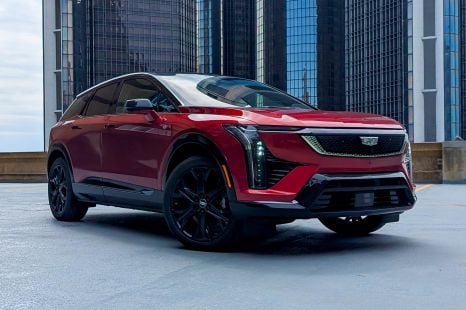

William Stopford
2025 Cadillac Optiq review
5 Days Ago
New legislation will see lower-sulfur petrol used at all pumps in Australia by December 15, 2024, with prices to rise marginally.

News Editor
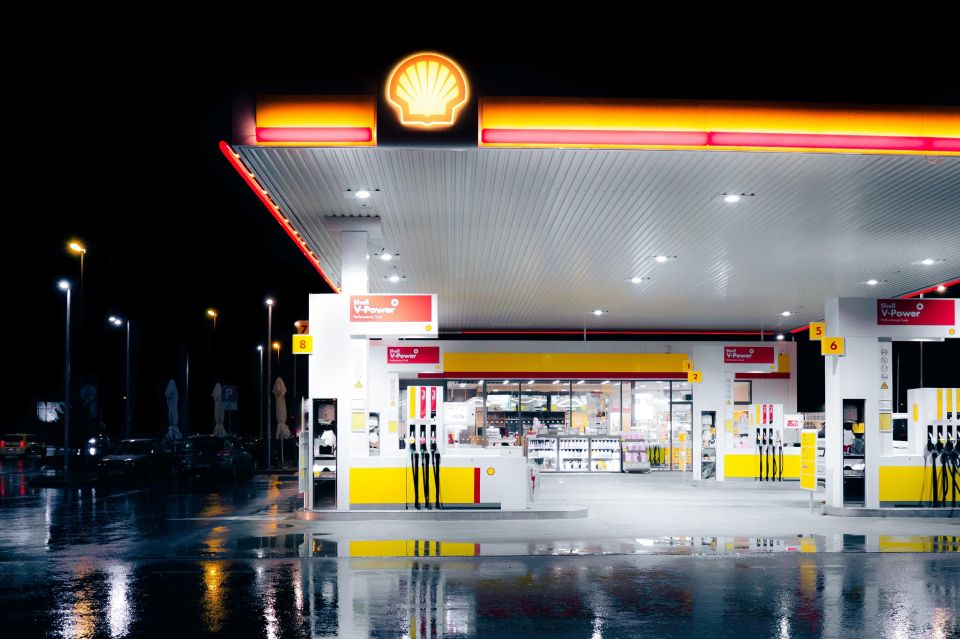

News Editor
Australia’s dirty fuel is getting cleaner, sooner, and the Government says any price increase at the pump should be marginal.
The Albanese Labor Government has introduced legislation to bring forward the introduction of lower-sulfur petrol sold in Australia from 2027 to 2024.
By December 15, 2024, all petrol at Australian service stations will have a maximum sulfur level of 10 parts per million. This applies to 91 RON, 95 RON, 98 RON and E85 unleaded fuel.
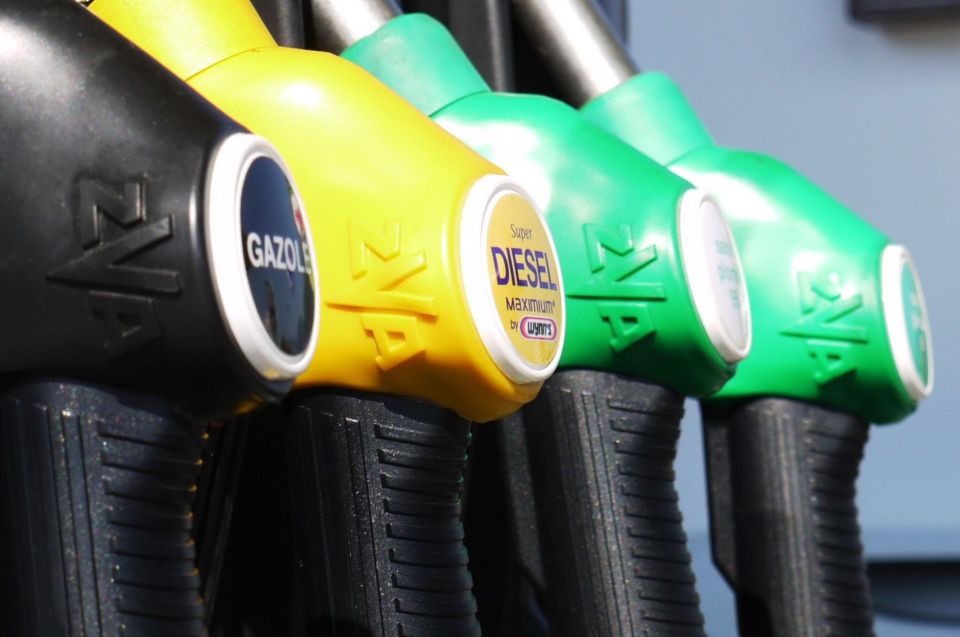
“The reduced sulfur petrol will have a marginal price premium of around 0.6–1.0 cents per litre, which equates to an additional cost of around $8 per household over three years,” said a spokesperson for the Department of Climate Change, Energy, the Environment and Water.
“The health savings outweigh the increased costs to motorists by around $760 million.”
While diesel fuel in Australia has already been limited to 10 ppm sulfur since 2009, 95 RON and 98 RON premium unleaded fuels have been limited to a maximum of 50 ppm sulfur since 2008.
91 RON regular unleaded fuel is even dirtier. Since 2005, it’s been permitted to have up to 150 ppm sulfur.
That has put us well behind Europe, which introduced Euro 6 emissions standards with a 10 ppm sulfur limit back in 2015, and is expected to implement tougher Euro 7 standards in 2025.
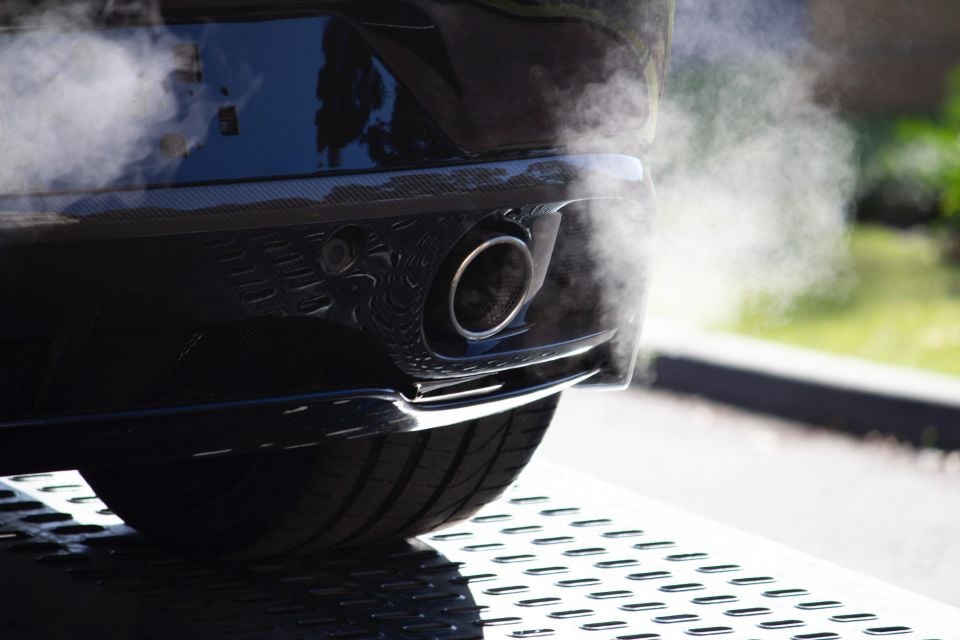
It’s not just Europe that currently uses petrol with less than 10 ppm sulfur. China, India, Canada, New Zealand and the US all use this.
“The Australian Government is exploring a range of measures to improve Australia’s fuel quality to complement its commitment to stronger action on climate change and putting Australia on track to achieve net zero emissions by 2050,” said the spokesperson.
“The previous Government announced an intention to bring forward the 10 ppm sulfur limit from 2027 to 2024, however they did not make the required legislative instrument to bring the changes into force,” said the spokesperson.
“The extra two and a half years of reduced sulfur in petrol will improve air quality, reducing health costs due to air pollution exposure by an estimated $840 million.”
According to Global Petrol Prices, the average price of petrol around the world was $2.01 per litre as of August 1, 2022, while the average price of petrol in Australia was $1.817 per litre.
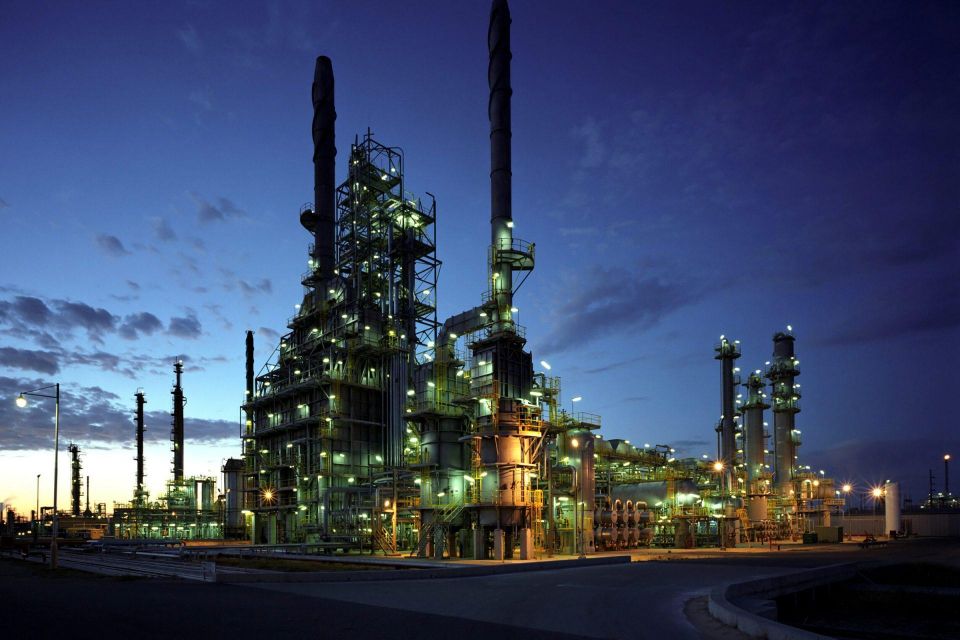
The new Government introduced the Fuel Quality Standards (Petrol) Amendment Determination 2022 and Fuel Quality Standards (Ethanol E85) Amendment Determination 2022 late last month.
Earlier in 2021, the Morrison Liberal Government announced it would prop up our nation’s last two oil refineries.
The $2.3 billion package will keep the Ampol and Viva refineries open through 2030, in a move the government says will help protect our fuel security and save 1250 jobs.
In a more tangible benefit to Australian consumers, these refineries were earmarked to receive up to $125 million to upgrade their facilities so they could start making ultra-low sulfur petrol by the end of 2024.
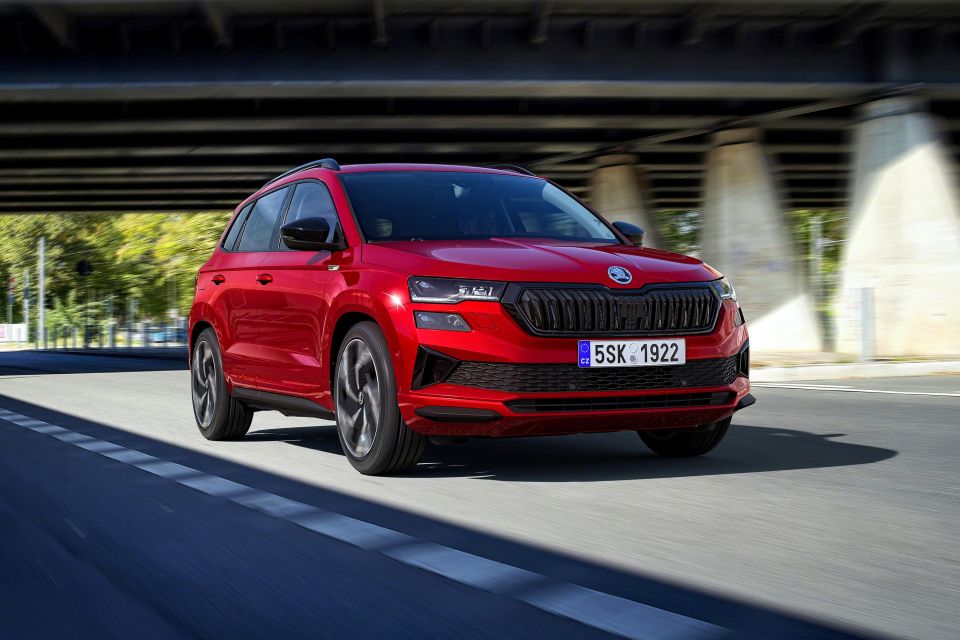
An Australian Government Draft Regulation Impact Statement from 2016 cited data that said new car prices could go up by $243 to $1183 by 2021 due to the new engine technology required to meet stricter proposed emissions standards.
What that doesn’t take into account, however, is that most of our cars are sourced from countries in Europe, Asia, and North America where stricter fuel standards are already mandated.
That has left us in a predicament where companies won’t bring the cleanest, most modern petrol vehicles. The Volkswagen Group, for example, has limited the availability of vehicles with petrol particulate filters (PPFs) due to the high sulfur content of our fuel.
The company has also made it explicitly clear to consumers that they should only use premium unleaded fuel, as higher-sulfur fuel will clog the filter and necessitate expensive repairs.
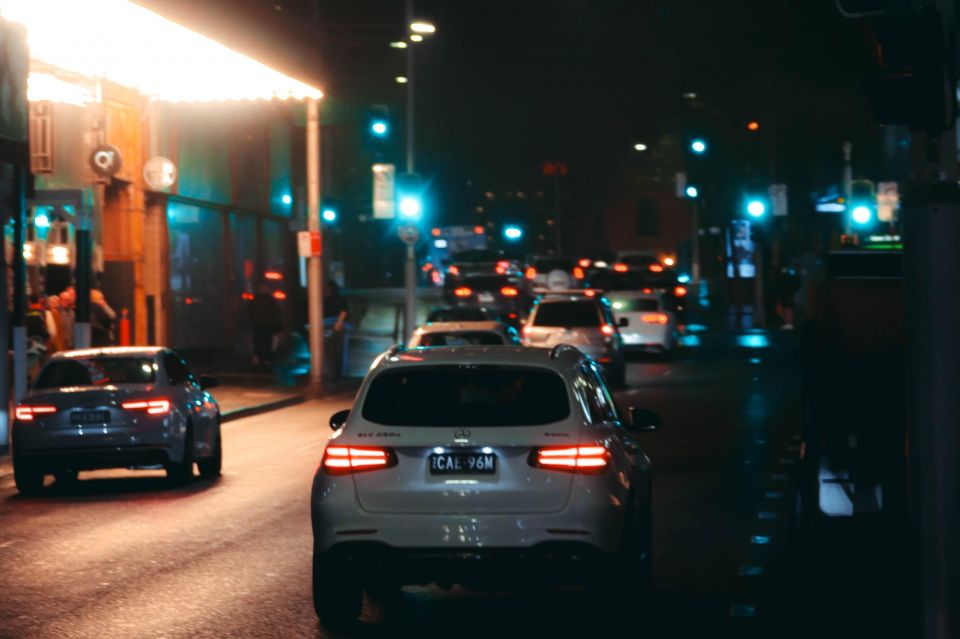
Sulfur content isn’t the only aspect of fuel quality that will need to be improved to align us with the likes of Europe, as there’s also the research octane number (RON), aromatics content, and other parameters to consider.
Even once our refineries are producing 10 ppm petrol, there’ll be differences between Australian fuel and that overseas. Europe’s minimum octane number is 95 RON, while fuel there has a maximum aromatic content of 35 per cent – compared to 45 per cent here.
These aromatics are essentially additives to increase the octane, like methyl tert-butyl ether (MTBE). Their use is restricted in Australia due to groundwater contamination concerns.
MORE: How much does petrol cost around the world? MORE: Australia’s dirty fuel – and when it’ll get cleaner
William Stopford is an automotive journalist based in Brisbane, Australia. William is a Business/Journalism graduate from the Queensland University of Technology who loves to travel, briefly lived in the US, and has a particular interest in the American car industry.


William Stopford
5 Days Ago
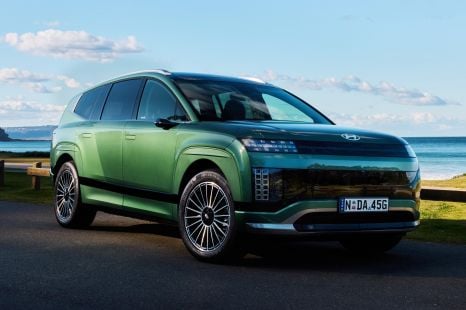

Josh Nevett
4 Days Ago
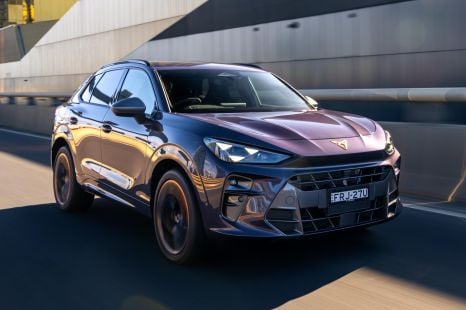

James Wong
4 Days Ago


Max Davies
3 Days Ago
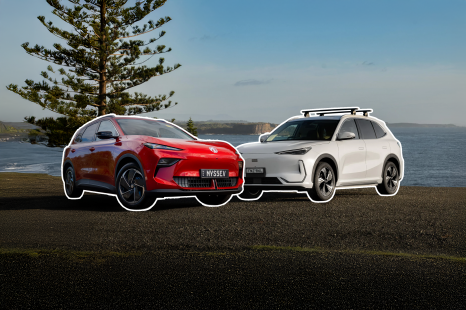

Andrew Maclean
2 Days Ago


Max Davies
1 Day Ago